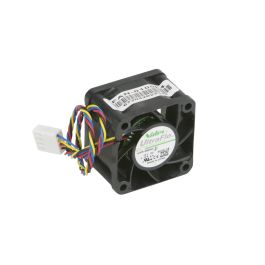L&LD
Part of the Furniture
Supermicro SuperServer E302-9D Review: A Fanless 10G pfSense Powerhouse
With this piece of kit, I could see myself wading into the pfSense end of the pool again (at least to test it), even if it is a very inefficient routing OS.
Expensive? Yes.
But for some, the features will offset the disadvantages by a considerable margin.


